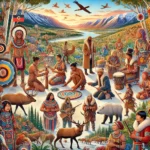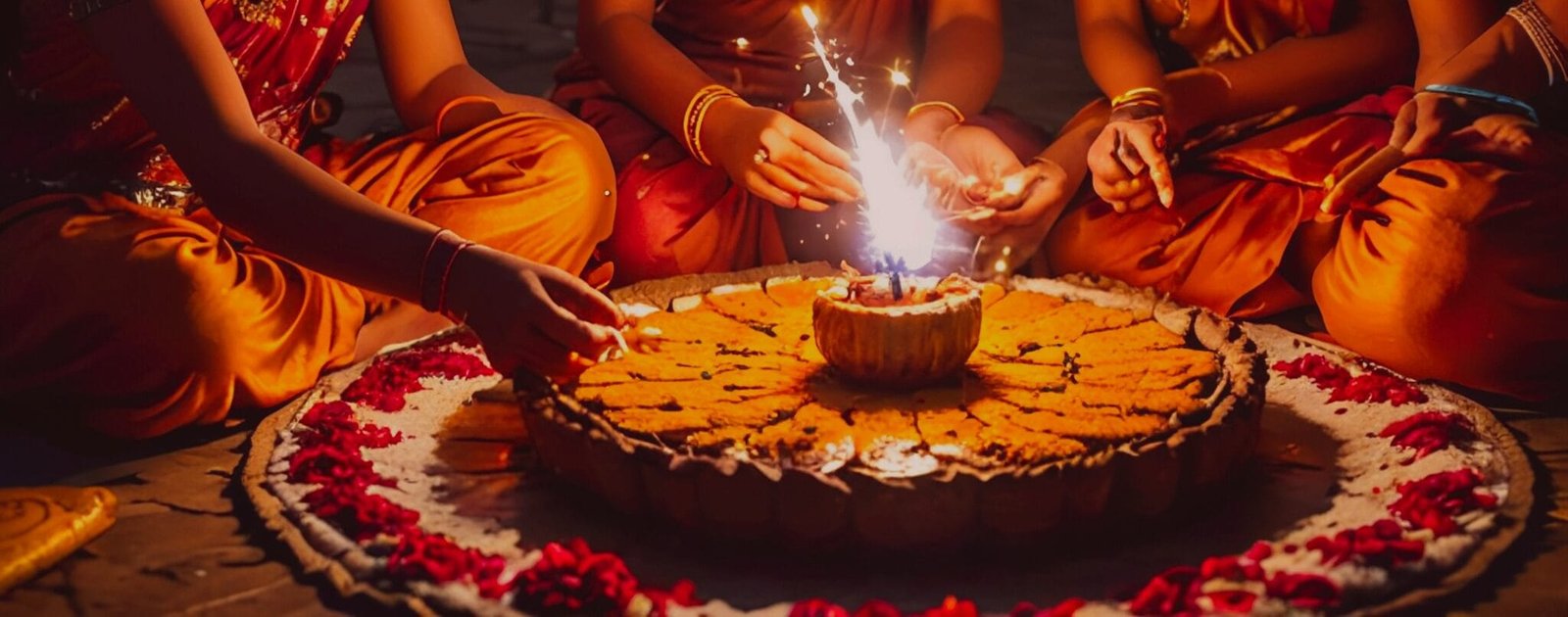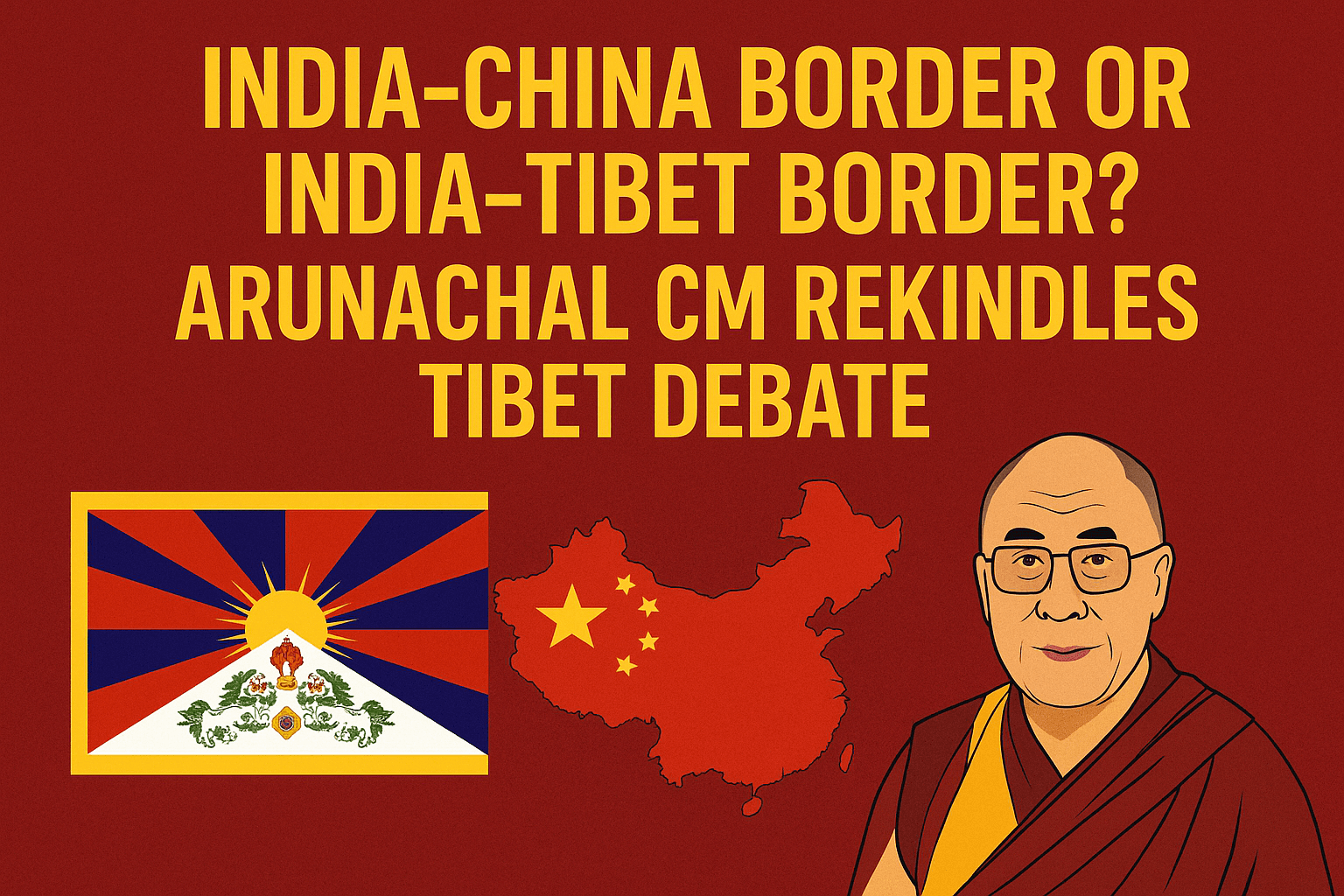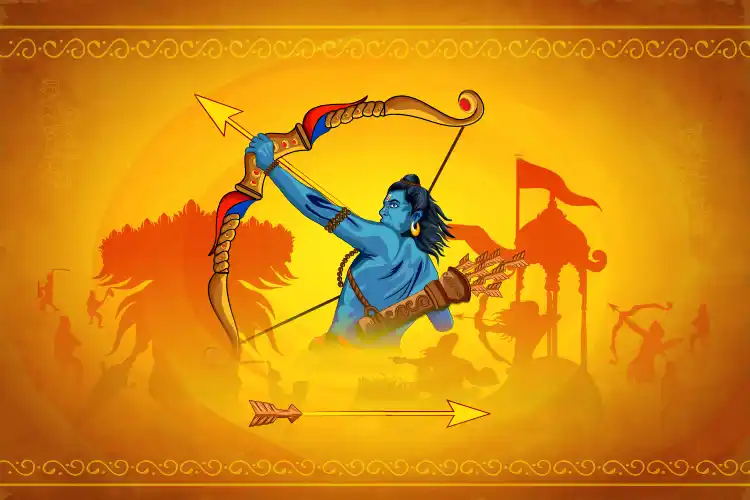Diwali, also known as the Festival of Lights, is one of the most widely celebrated Hindu festivals in India and around the world. It symbolizes the triumph of light over darkness, knowledge over ignorance, and good over evil. Celebrated by millions of people across various cultures and religions, Diwali marks a time for joy, festivity, and togetherness. This vibrant festival falls on the 15th day of the Hindu month of Kartika, usually between October and November, when the new moon graces the night sky.
Origin of Diwali
The origins of Diwali can be traced to several ancient Hindu legends and texts. One of the most popular stories associated with Diwali is the return of Lord Rama to Ayodhya after a 14-year exile and his victory over the demon king Ravana. According to the Ramayana, the people of Ayodhya illuminated their homes with oil lamps to welcome Rama, Sita, and Lakshmana, a tradition that has continued over centuries. Other significant tales linked to Diwali include the birth of Goddess Lakshmi, the slaying of Narakasura by Lord Krishna, and the return of the Pandavas from exile, as mentioned in the Mahabharata.

Diwali celebrations span five days, each with unique customs and rituals. The first day, Dhanteras, is dedicated to worshiping Goddess Lakshmi and Lord Dhanvantari, the god of health and well-being. People clean and decorate their homes, as cleanliness is believed to invite prosperity and good fortune. They also purchase new items, often in gold, silver, or household essentials, as these are considered auspicious on this day.
Chhoti diwali
The second day, known as Naraka Chaturdashi or Choti Diwali, signifies the victory of Lord Krishna over the demon Narakasura. People celebrate by lighting small clay lamps and bursting crackers. The third day, Amavasya or the main Diwali day, is devoted to Lakshmi Puja. Families perform rituals to honor Goddess Lakshmi, seeking her blessings for wealth and prosperity. In the evening, homes are decorated with colorful rangolis, oil lamps, and electric lights, creating a magical atmosphere.
Govardhan puja
The fourth day, known as Govardhan Puja or Annakut, commemorates Lord Krishna’s lifting of Mount Govardhan to protect his devotees from heavy rains. In some parts of India, this day is also observed as Bali Pratipada to honor the benevolent king Bali. The fifth and final day, Bhai Dooj, celebrates the bond between siblings, similar to Raksha Bandhan. Sisters pray for their brothers’ well-being and prosperity, while brothers promise to protect their sisters.
Diwali is also an occasion for exchanging gifts, preparing festive sweets, and sharing meals with family and friends. Sweets like ladoos, barfis, and jalebis are prepared in abundance. Many families organize feasts and gatherings, strengthening bonds and celebrating togetherness. Fireworks are a central part of Diwali night, as they illuminate the sky, symbolizing the triumph of light over darkness.
Diwali transcends its religious significance, symbolizing hope, unity, and love across cultures. For many, it is a time to reflect, forgive, and start anew. As the lamps light up homes, Diwali brings a sense of joy and rejuvenation, reinforcing values of peace and goodwill. Through its rituals, lights, and gatherings, Diwali remains a testament to the enduring spirit of Indian culture and the universal values that bind communities.












